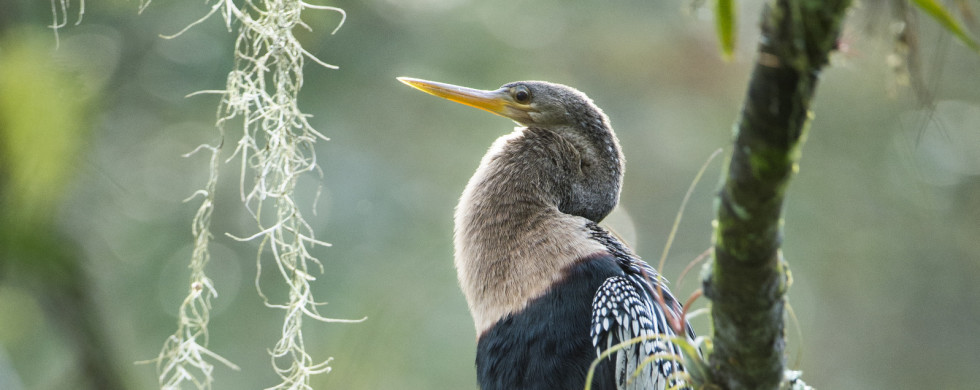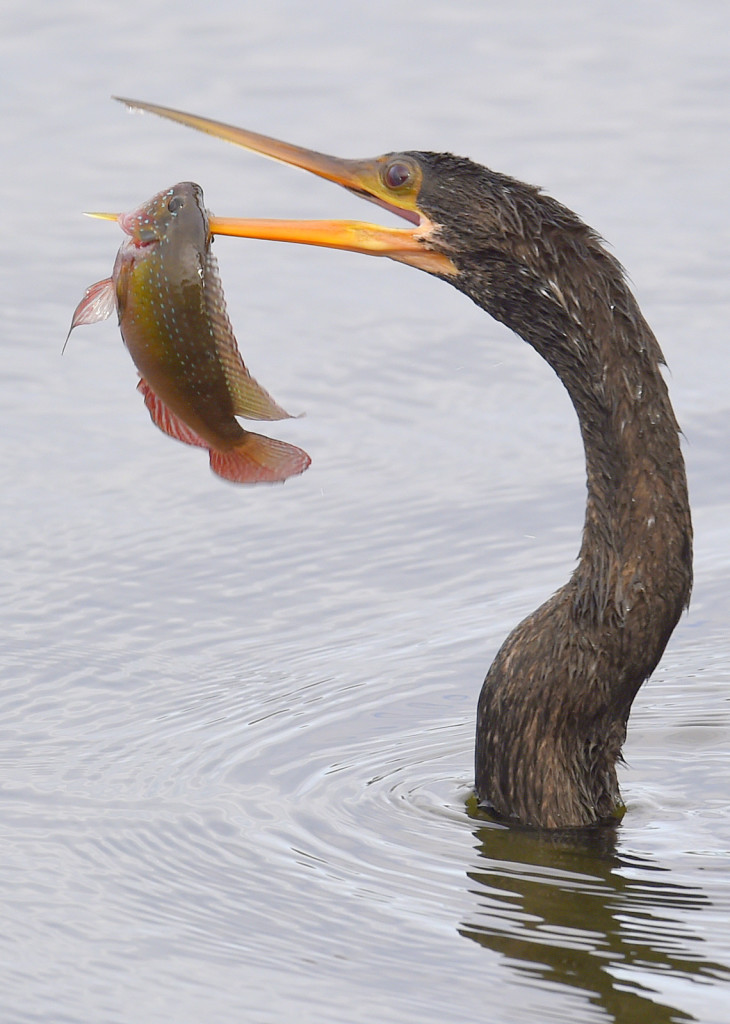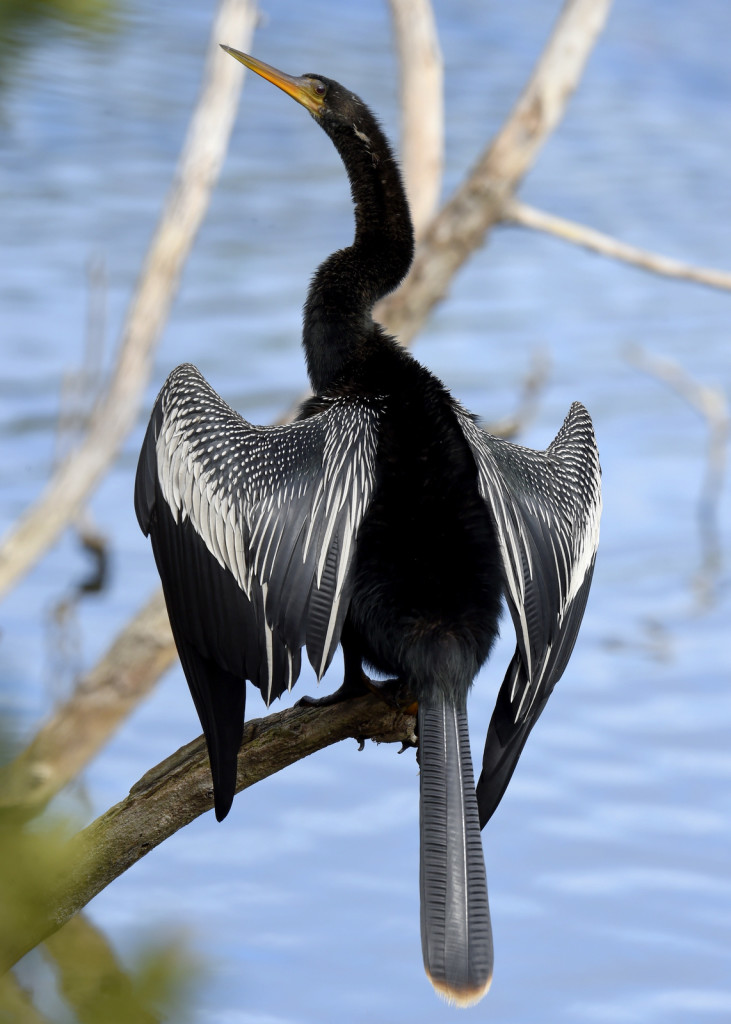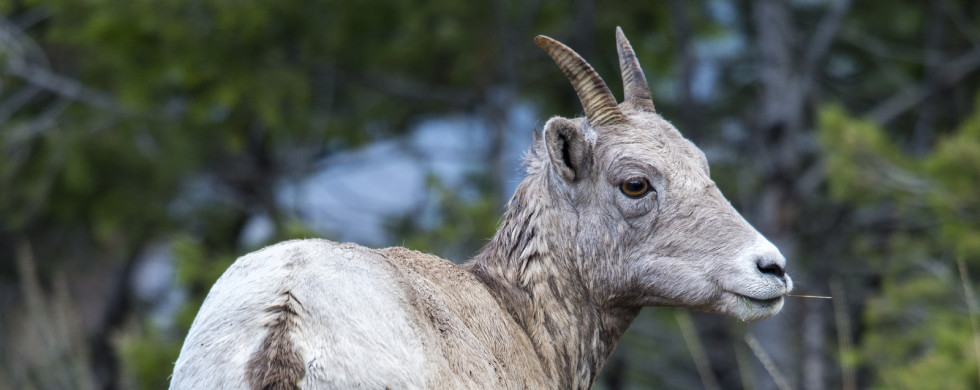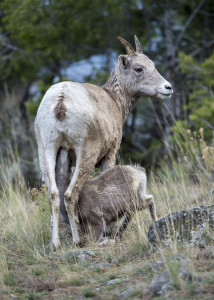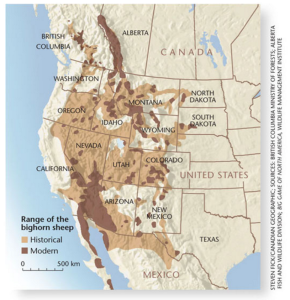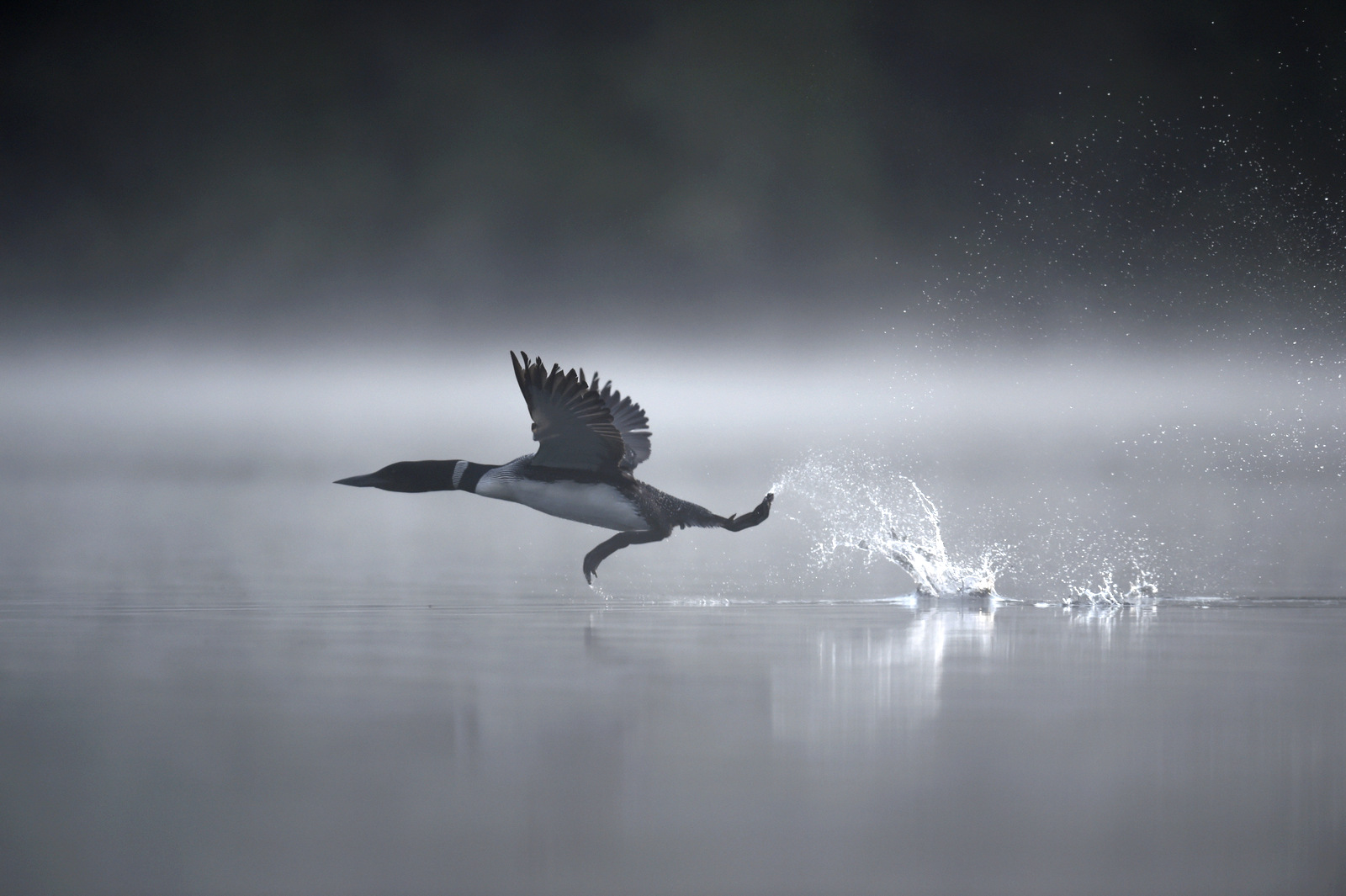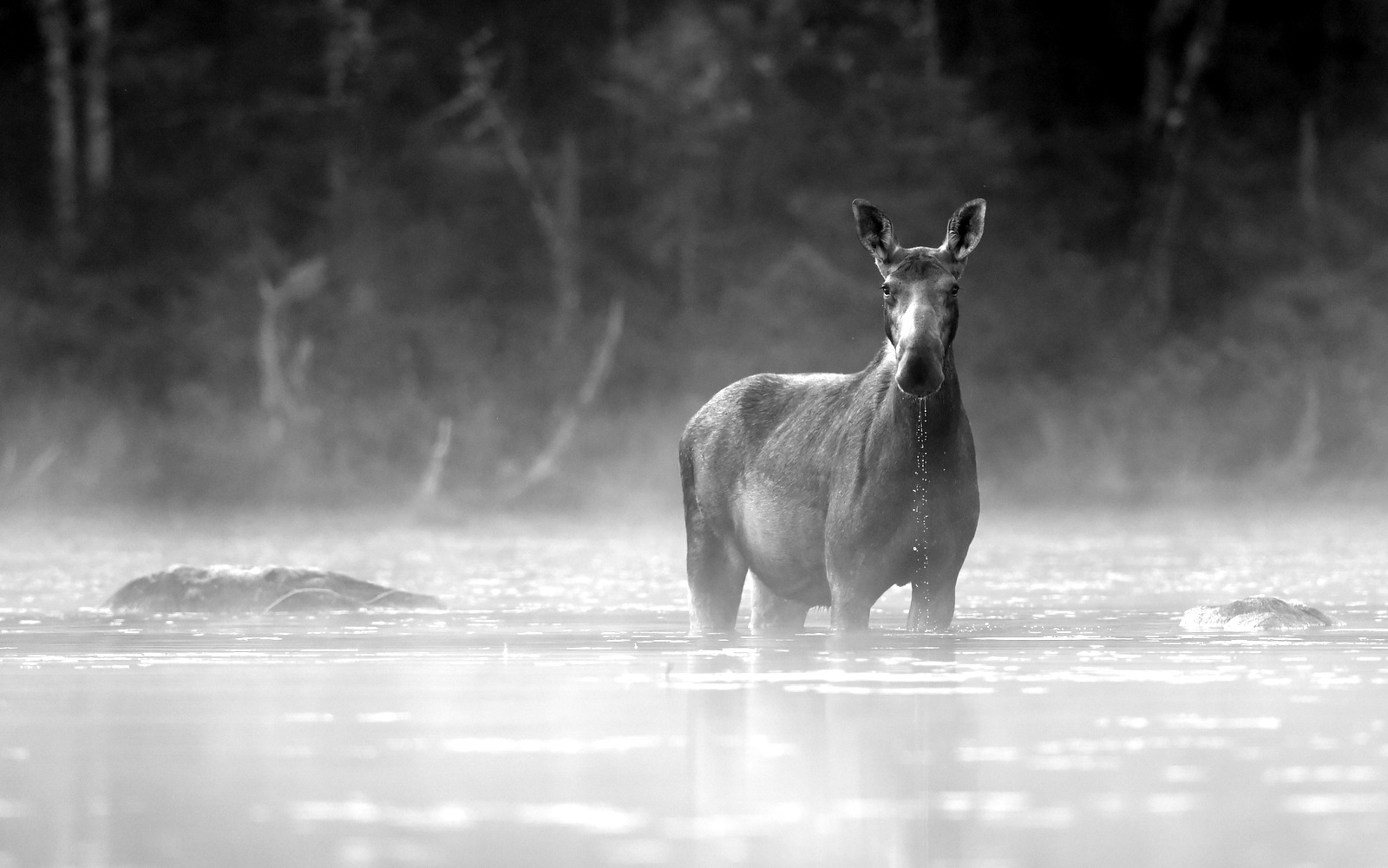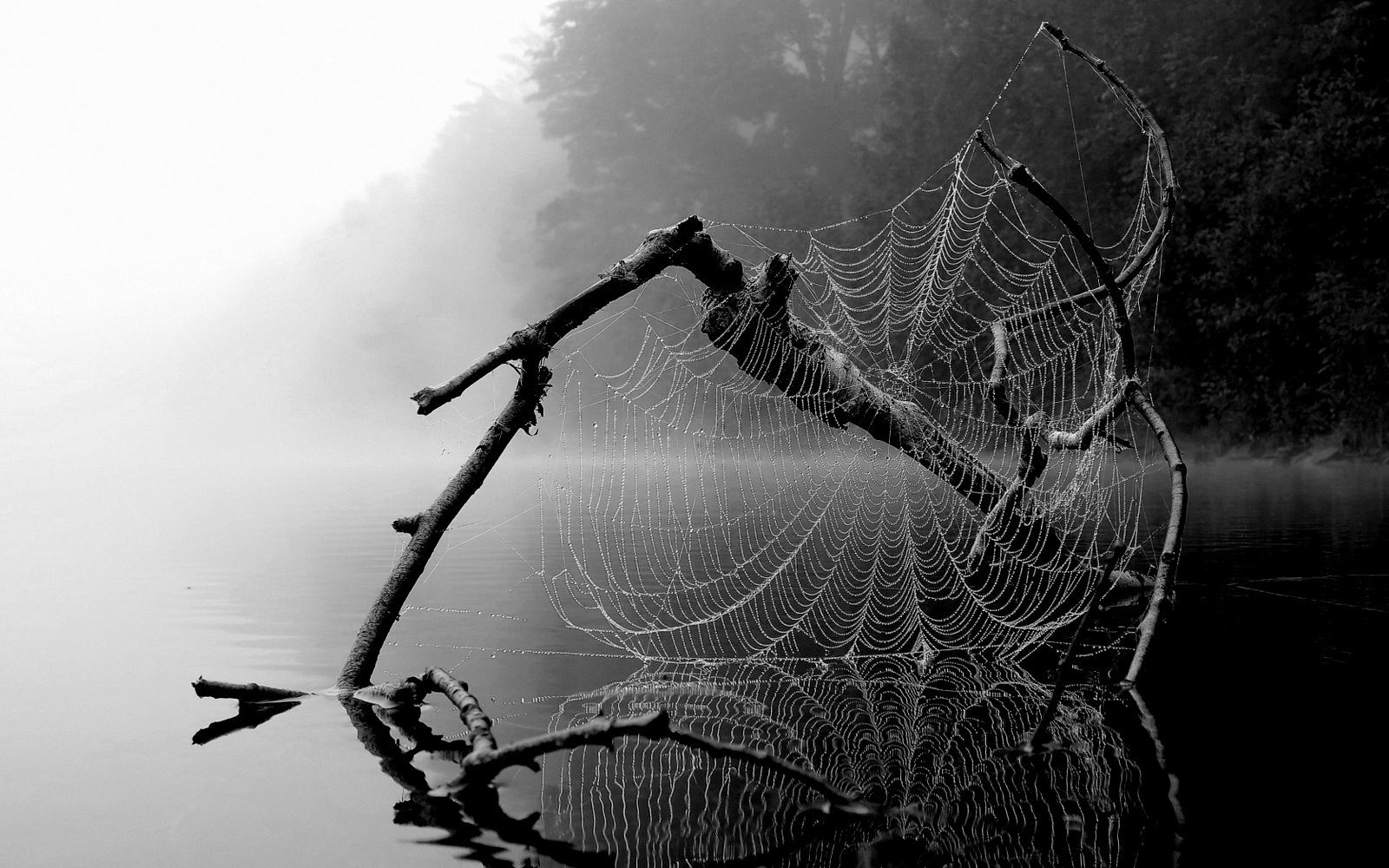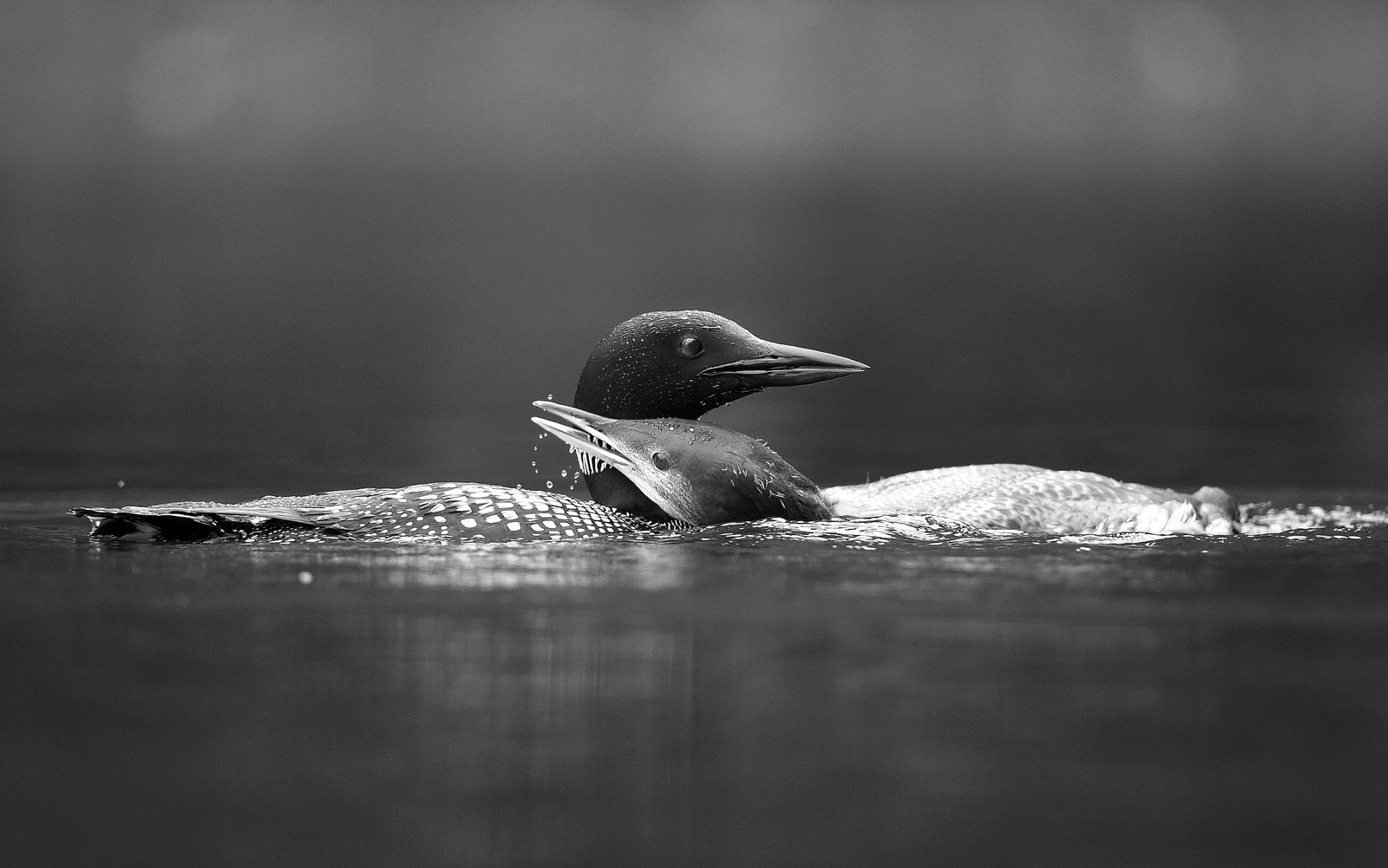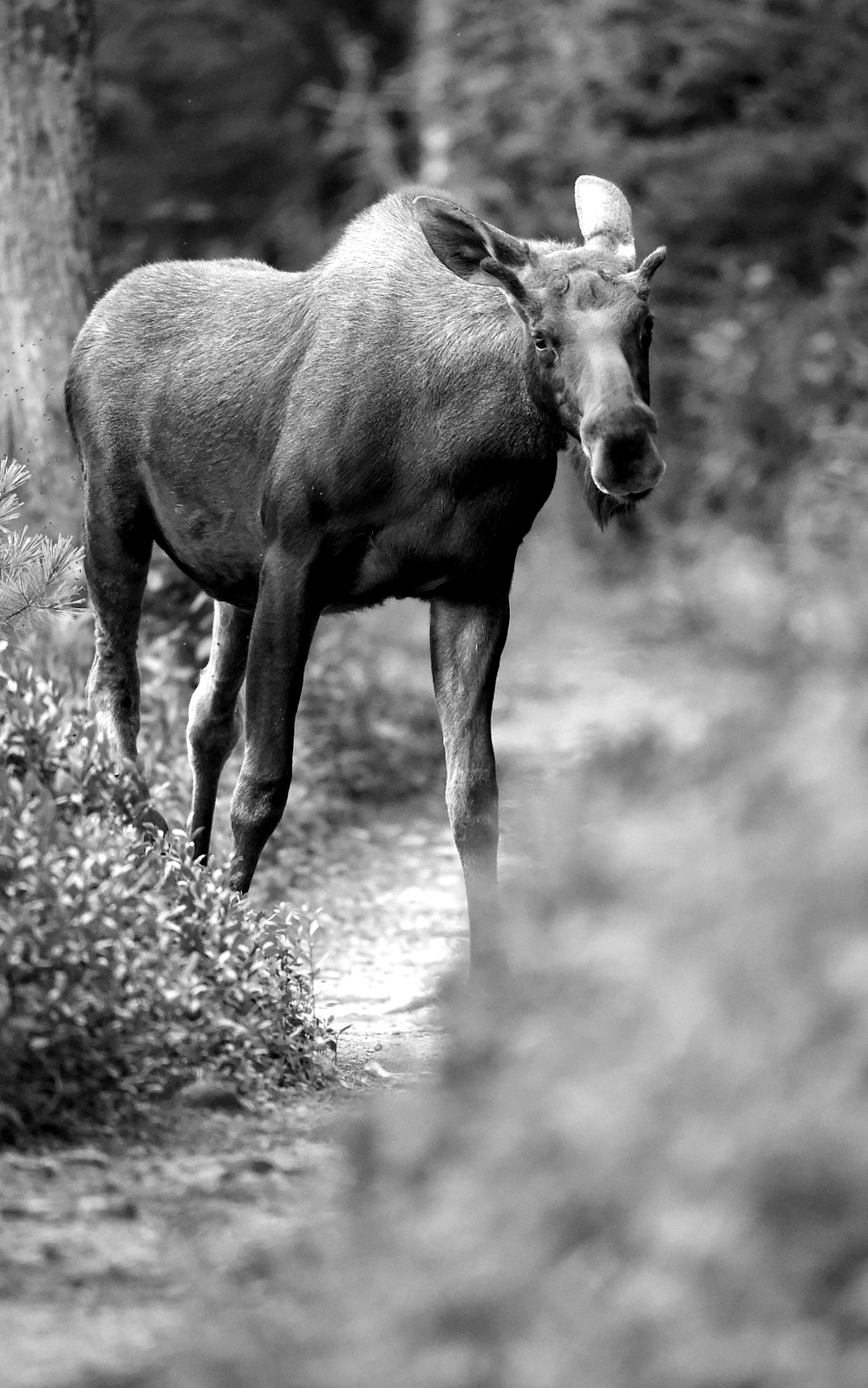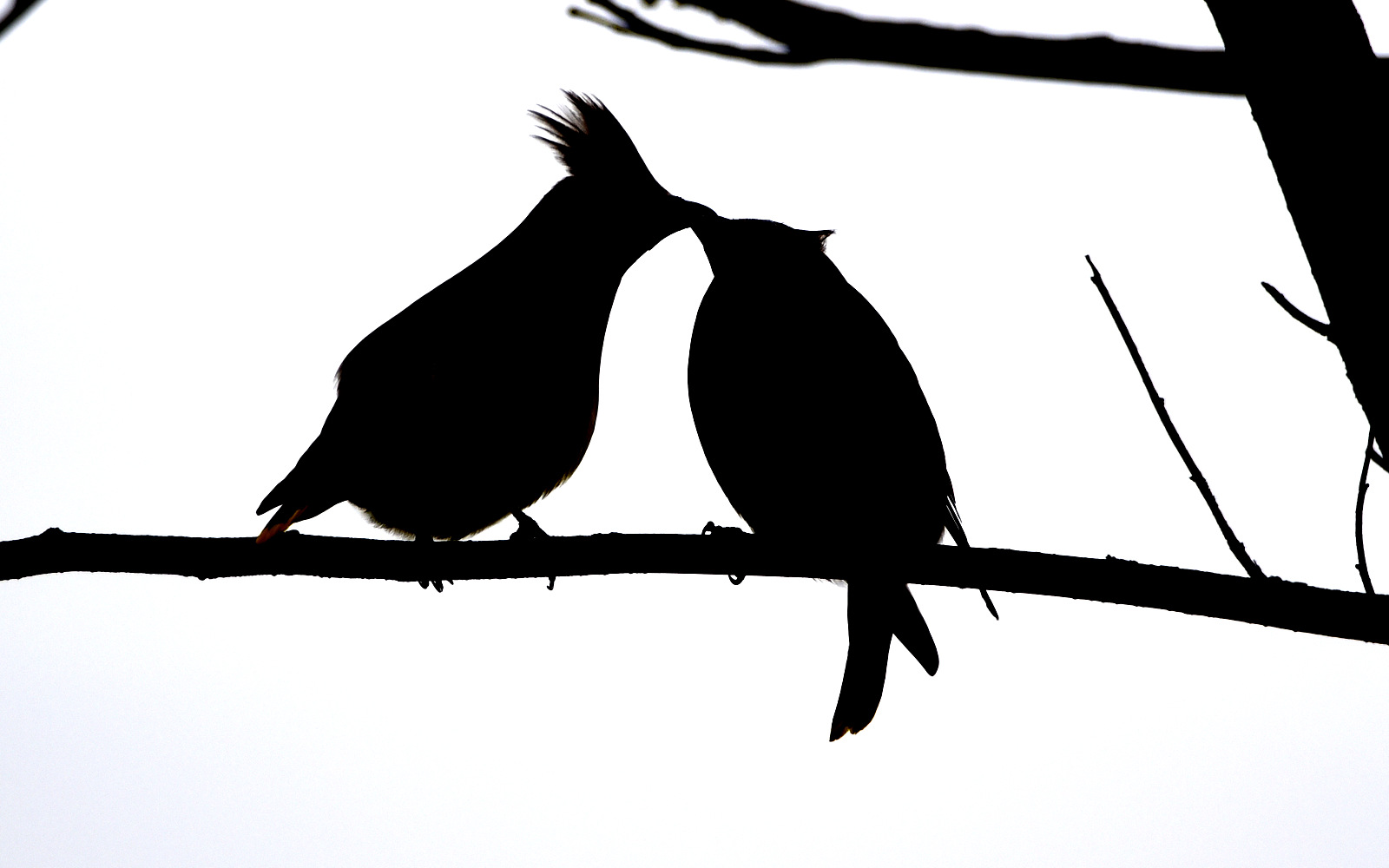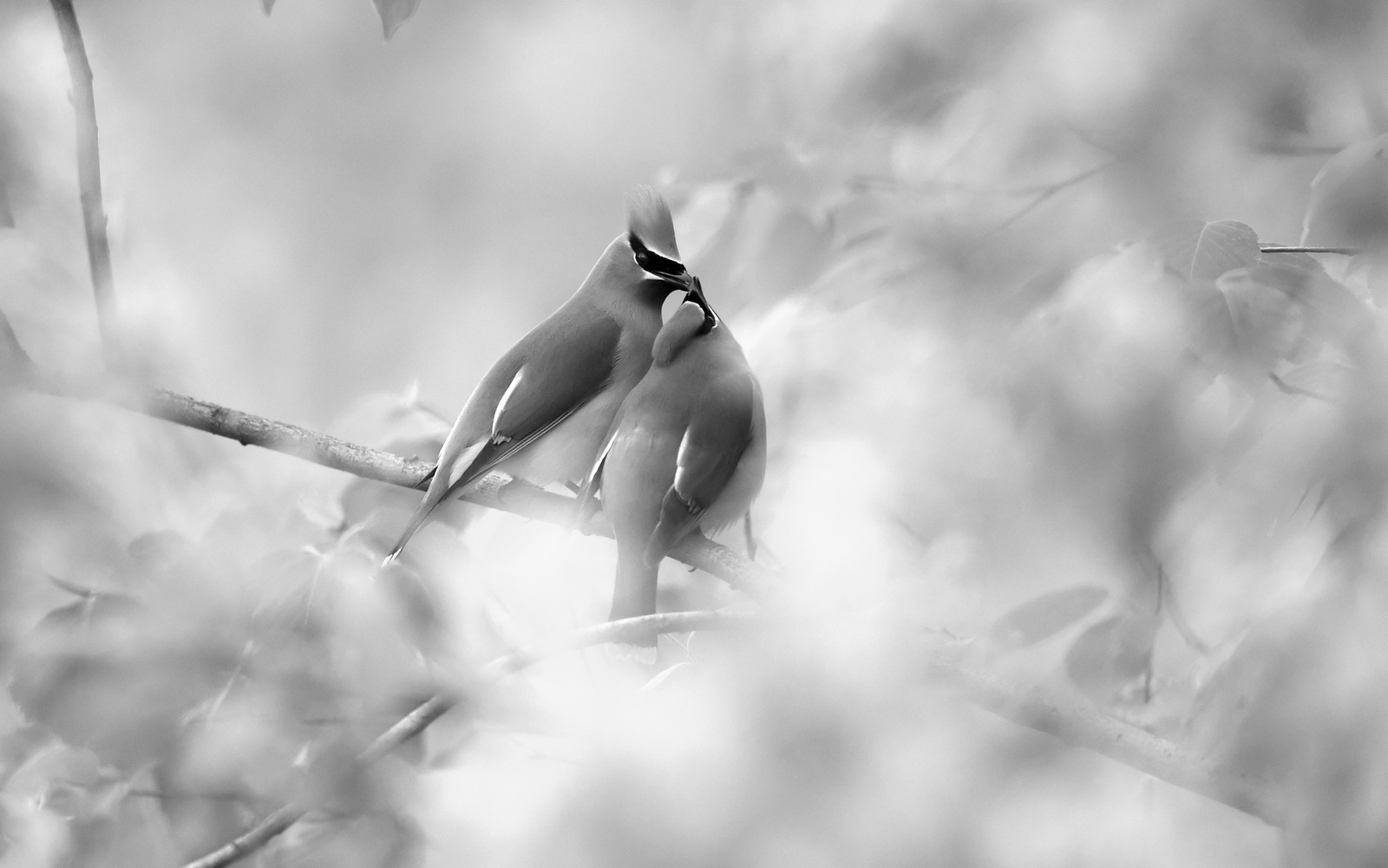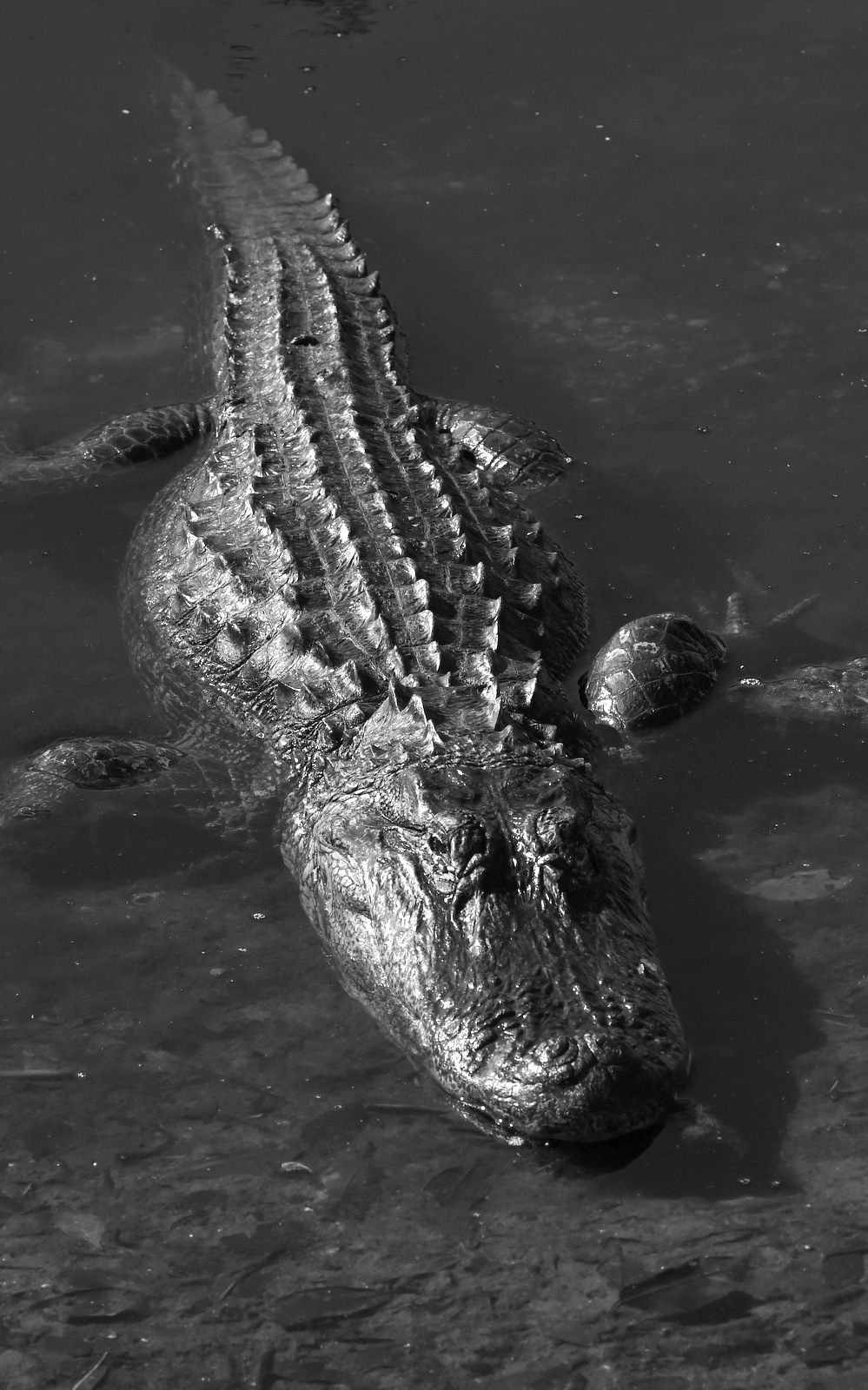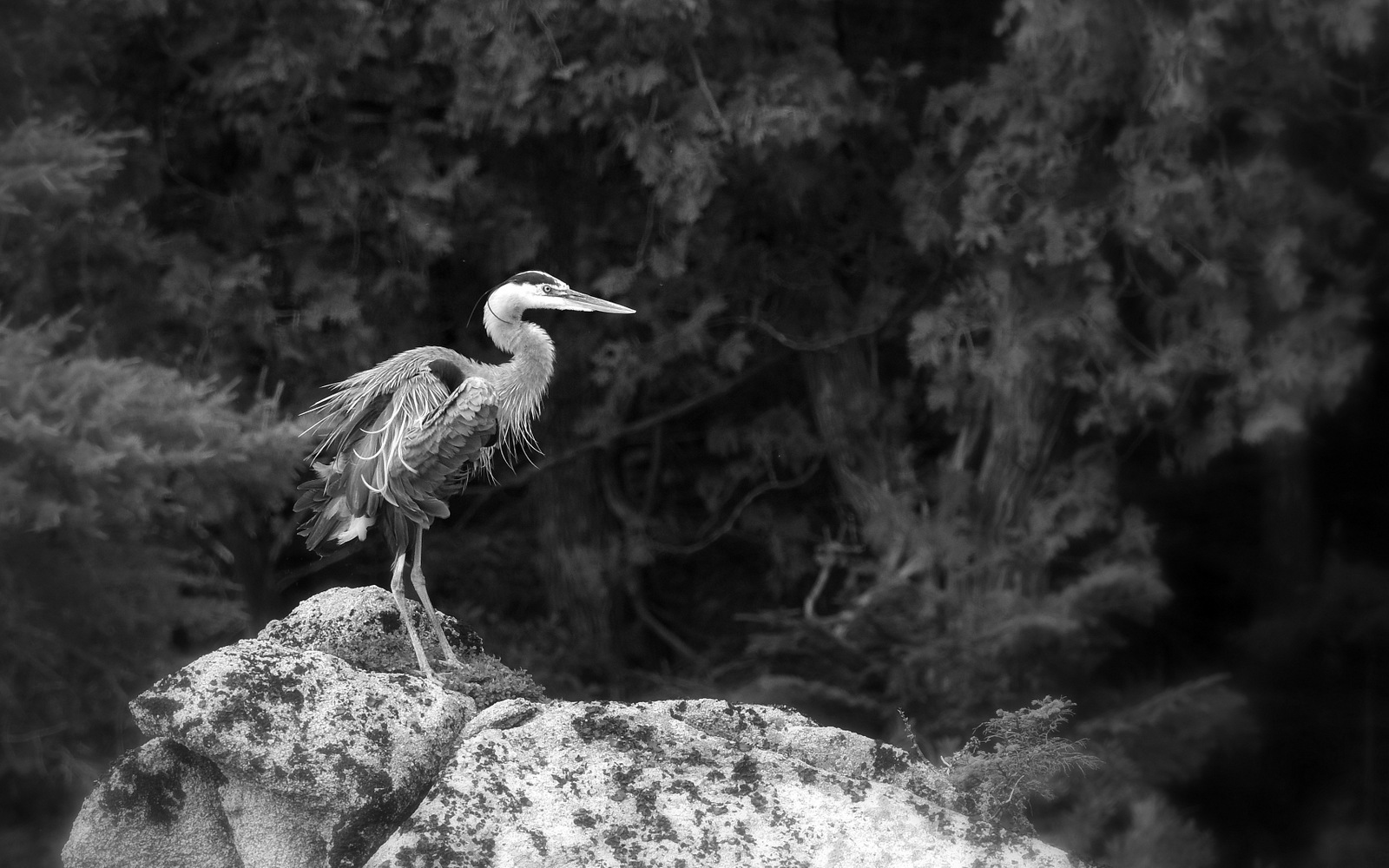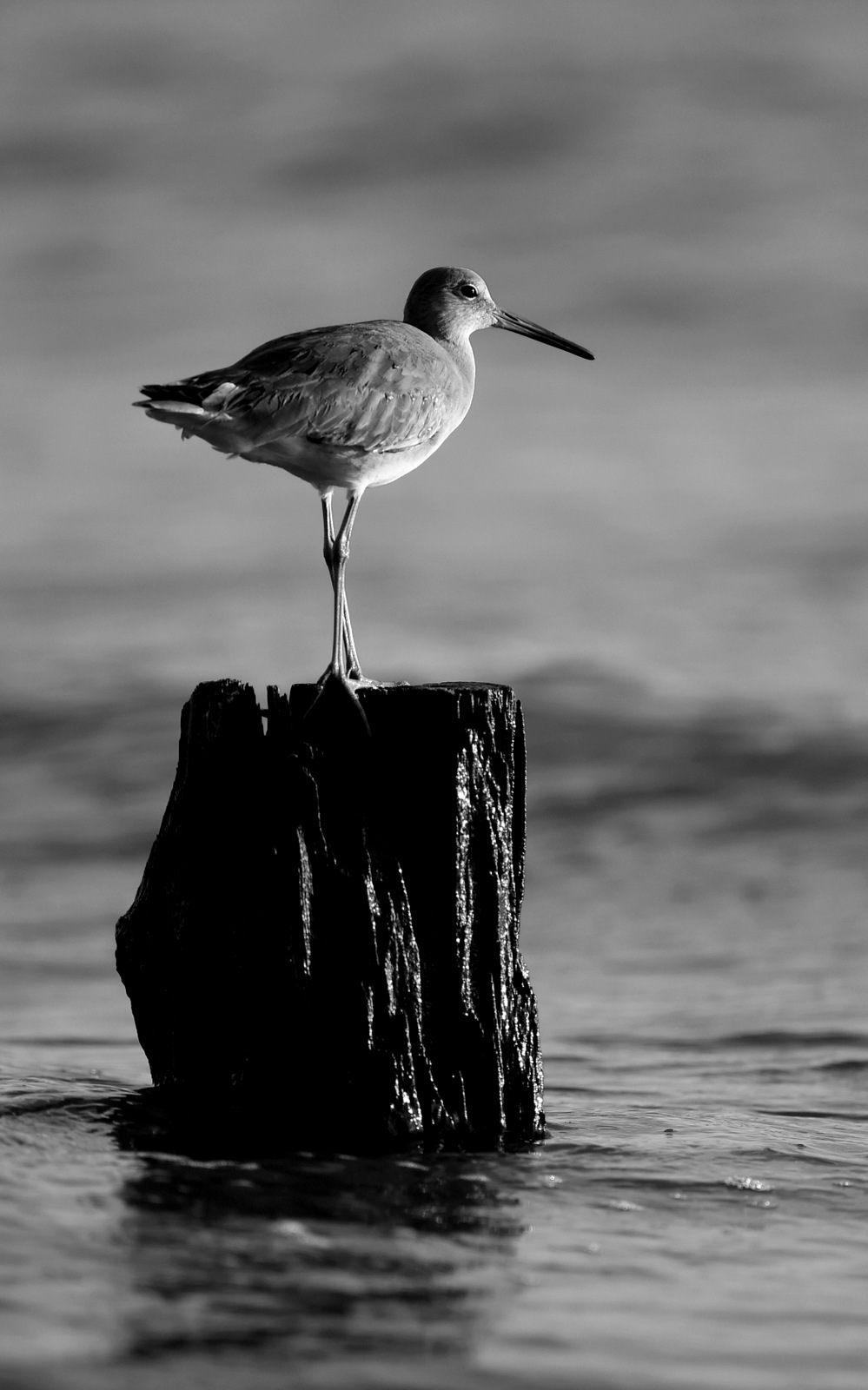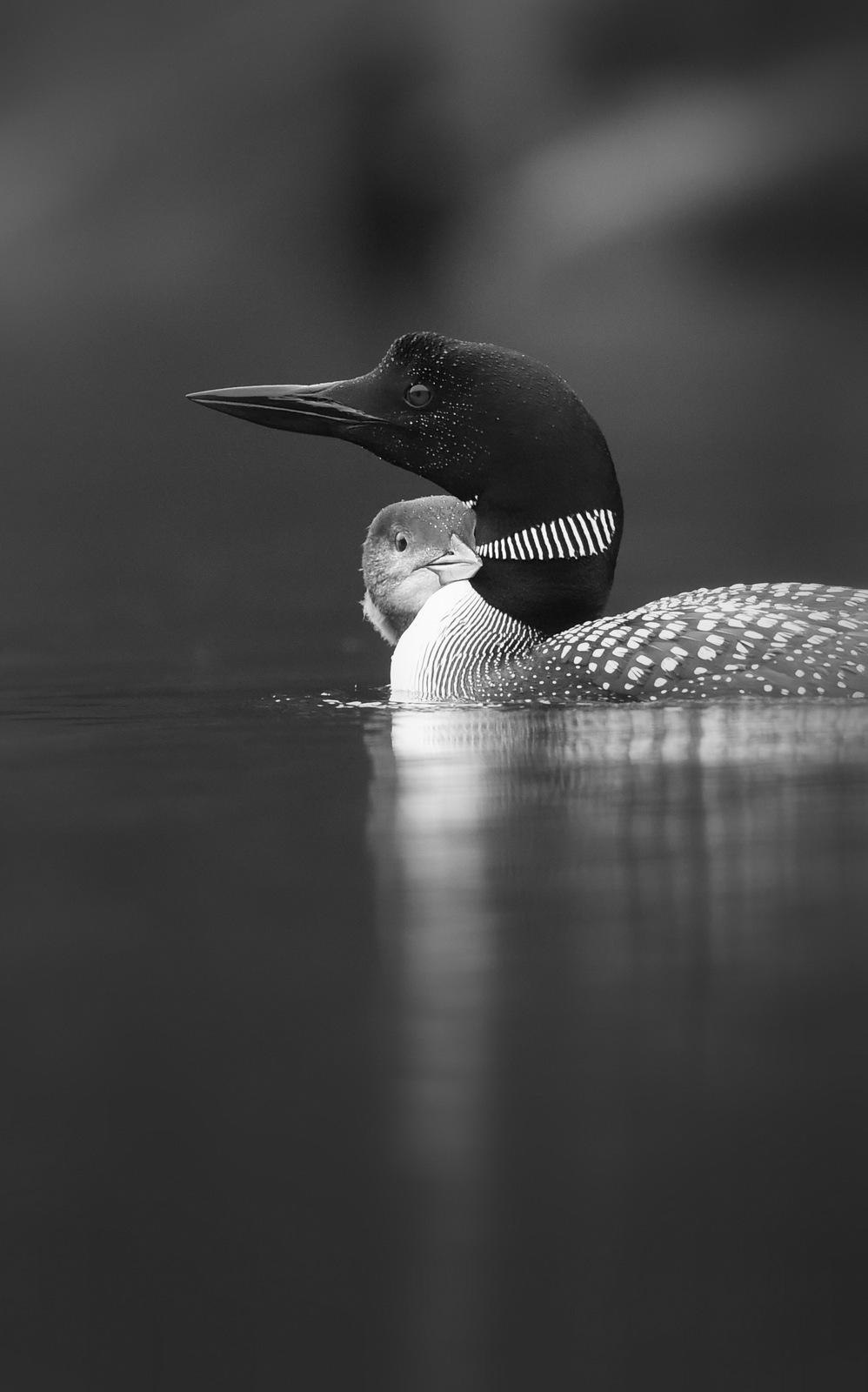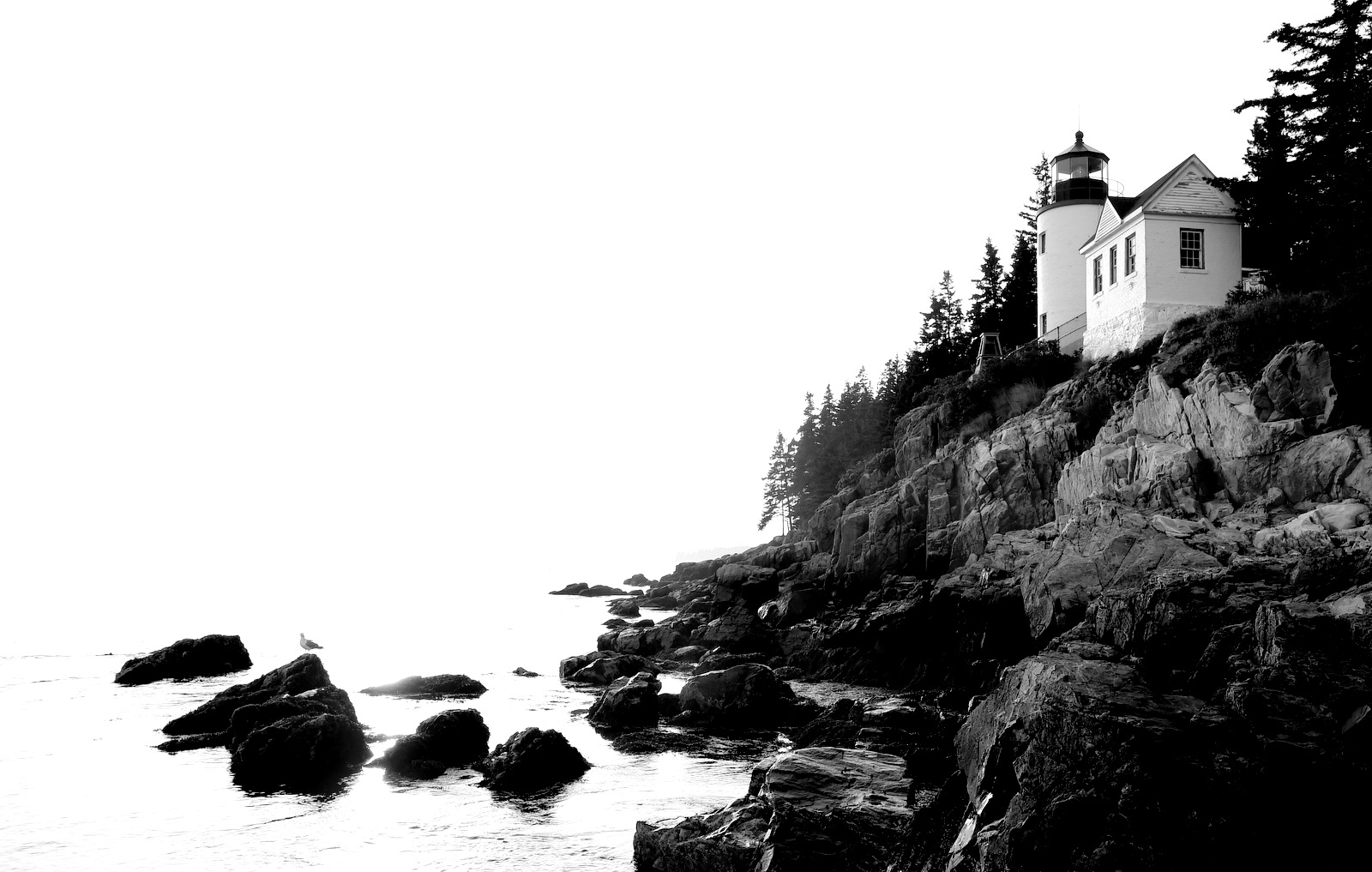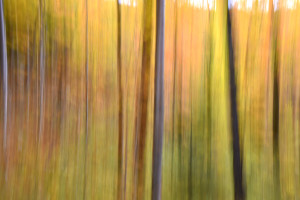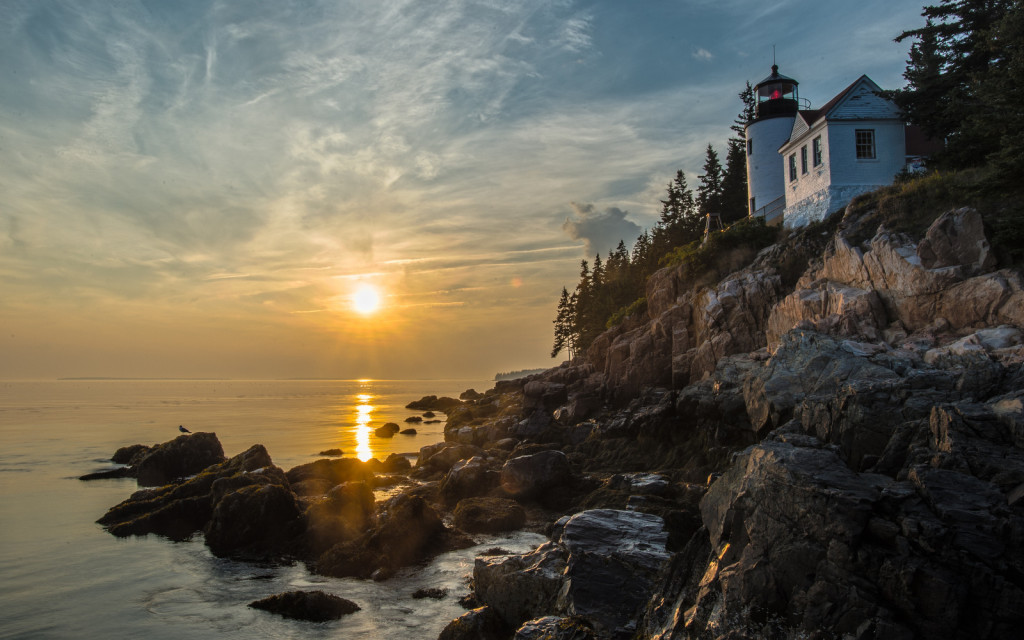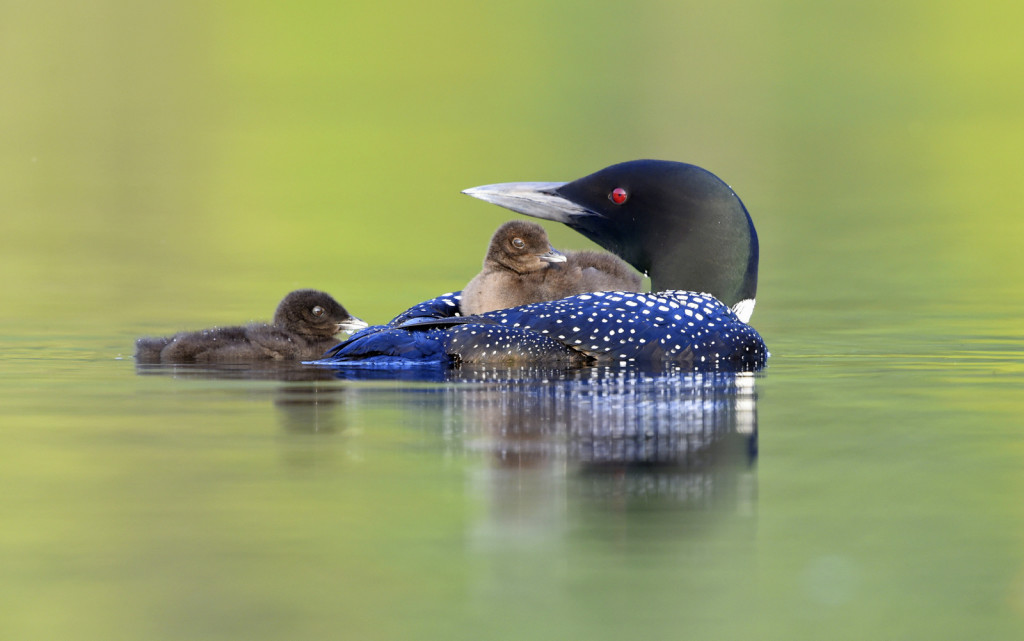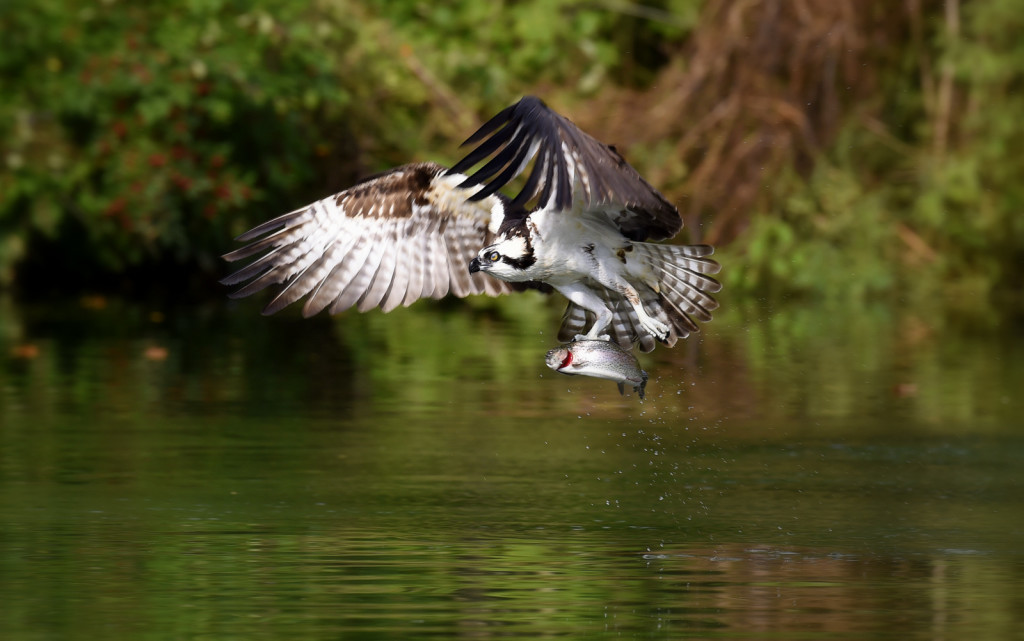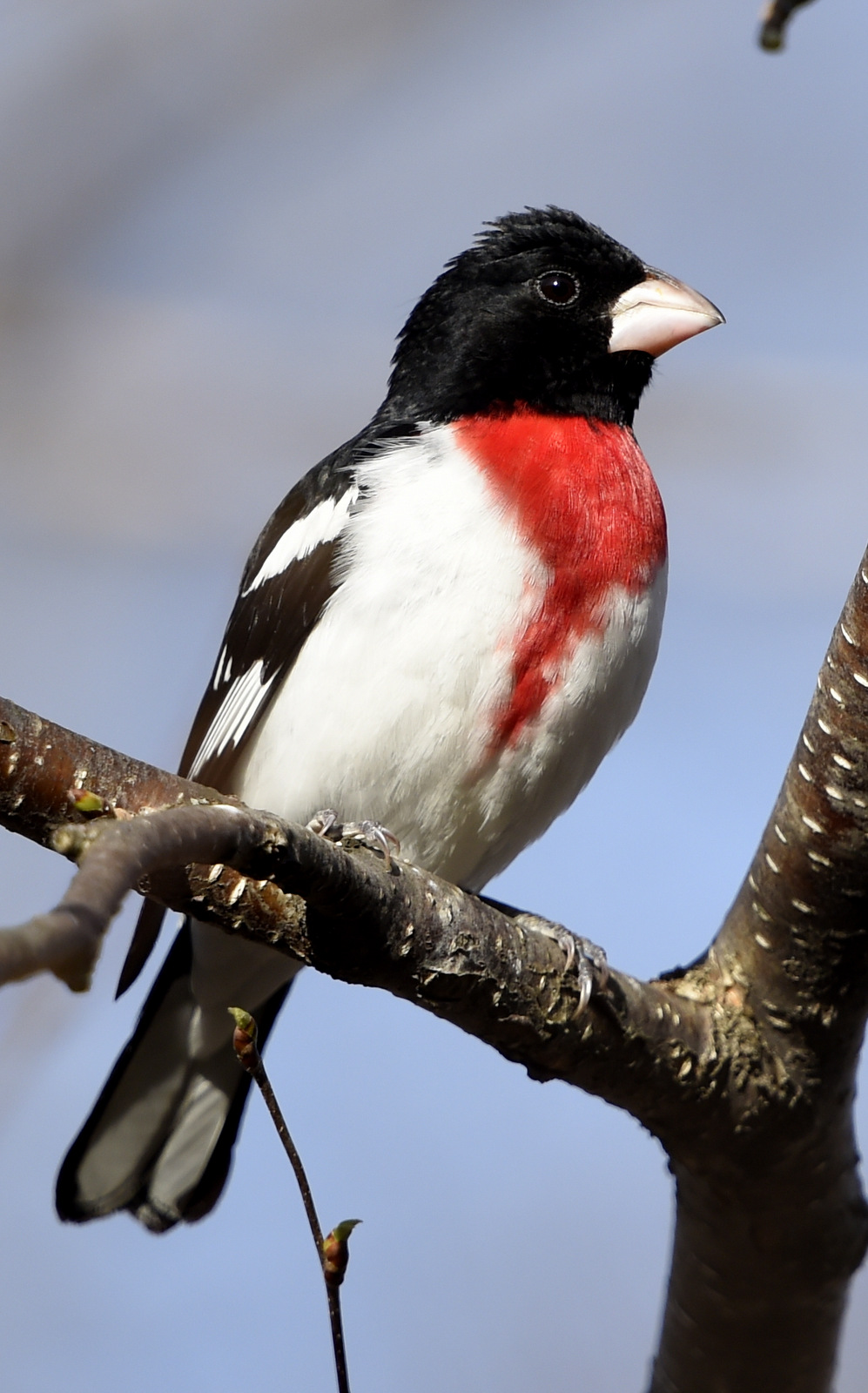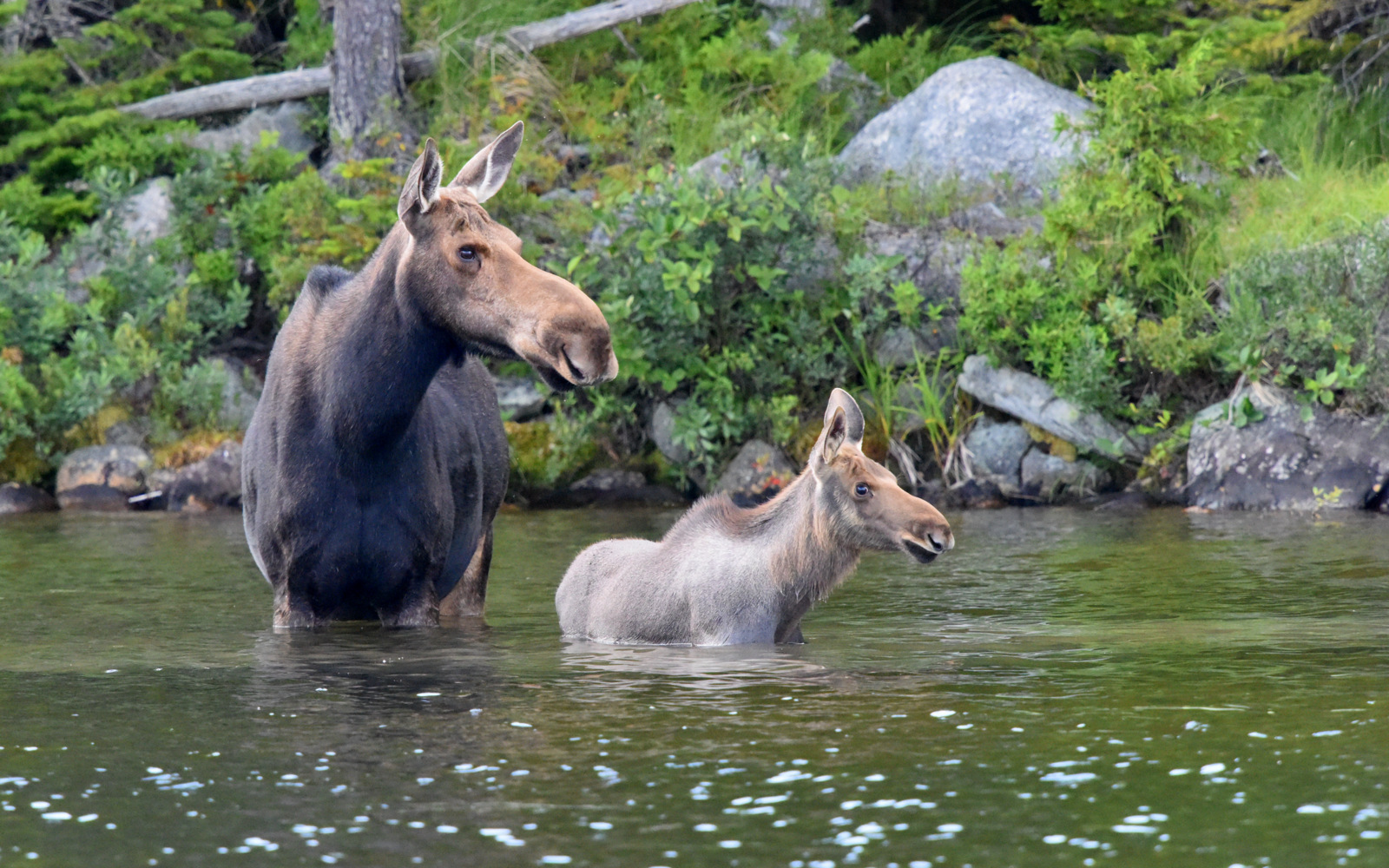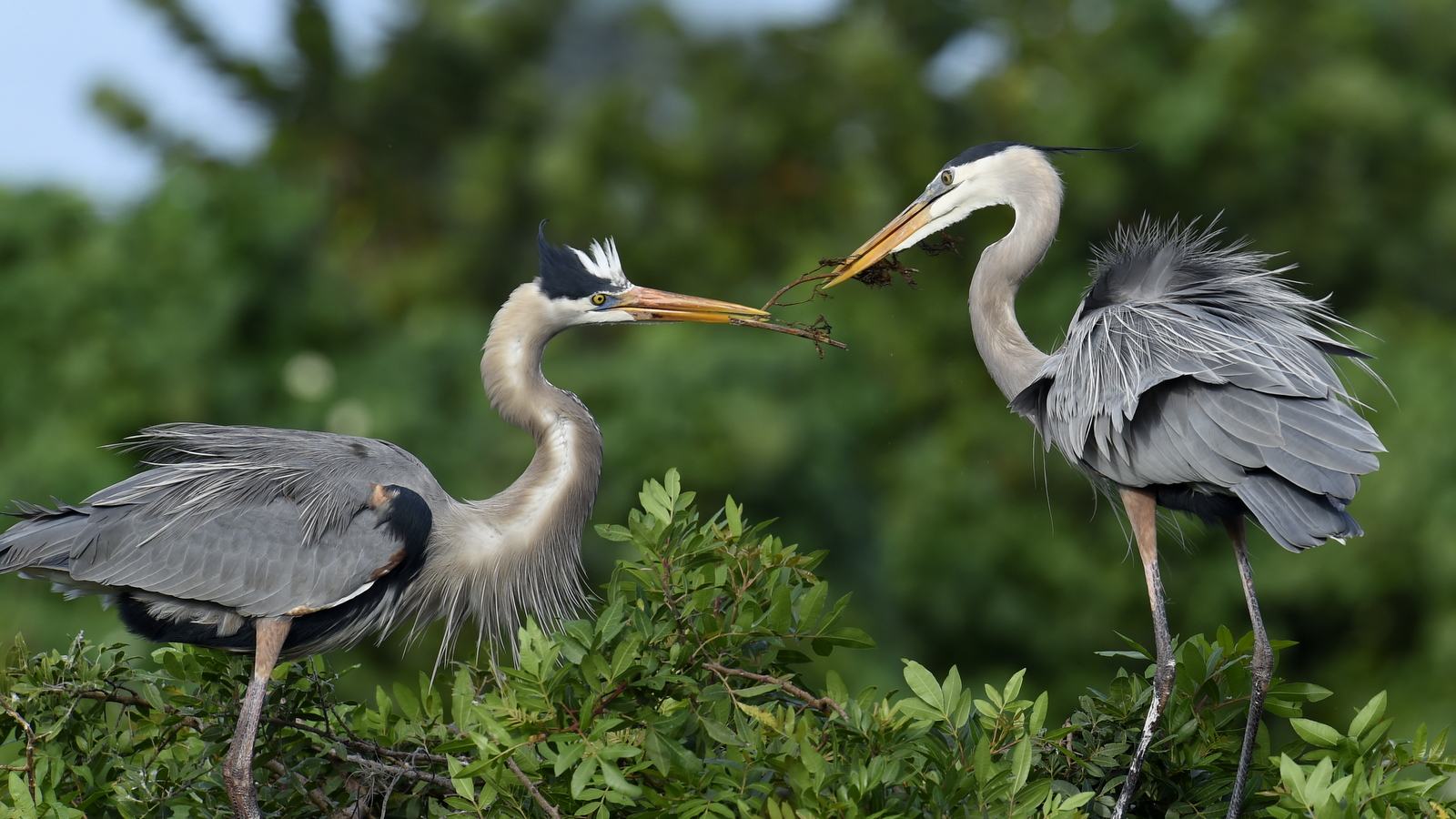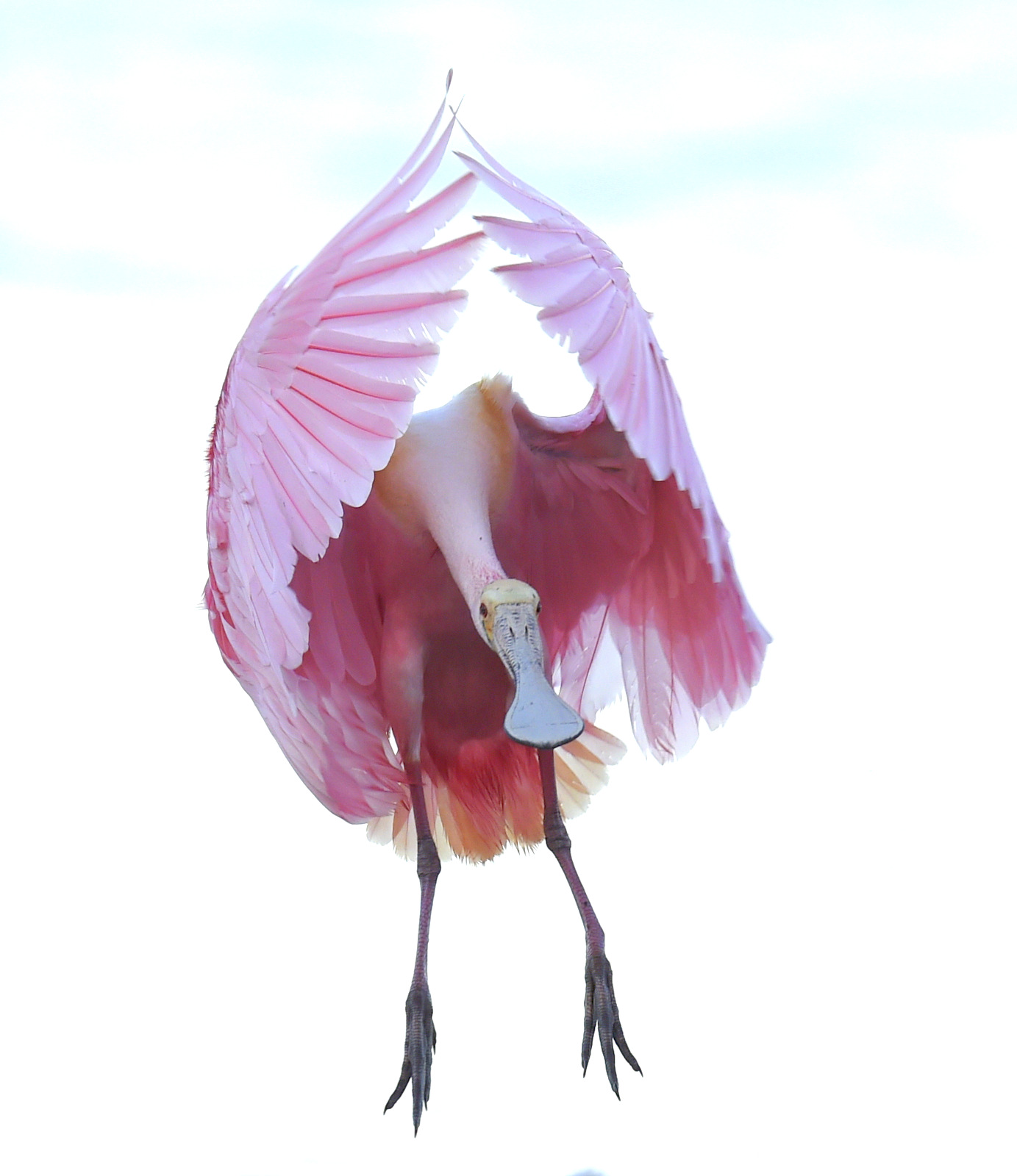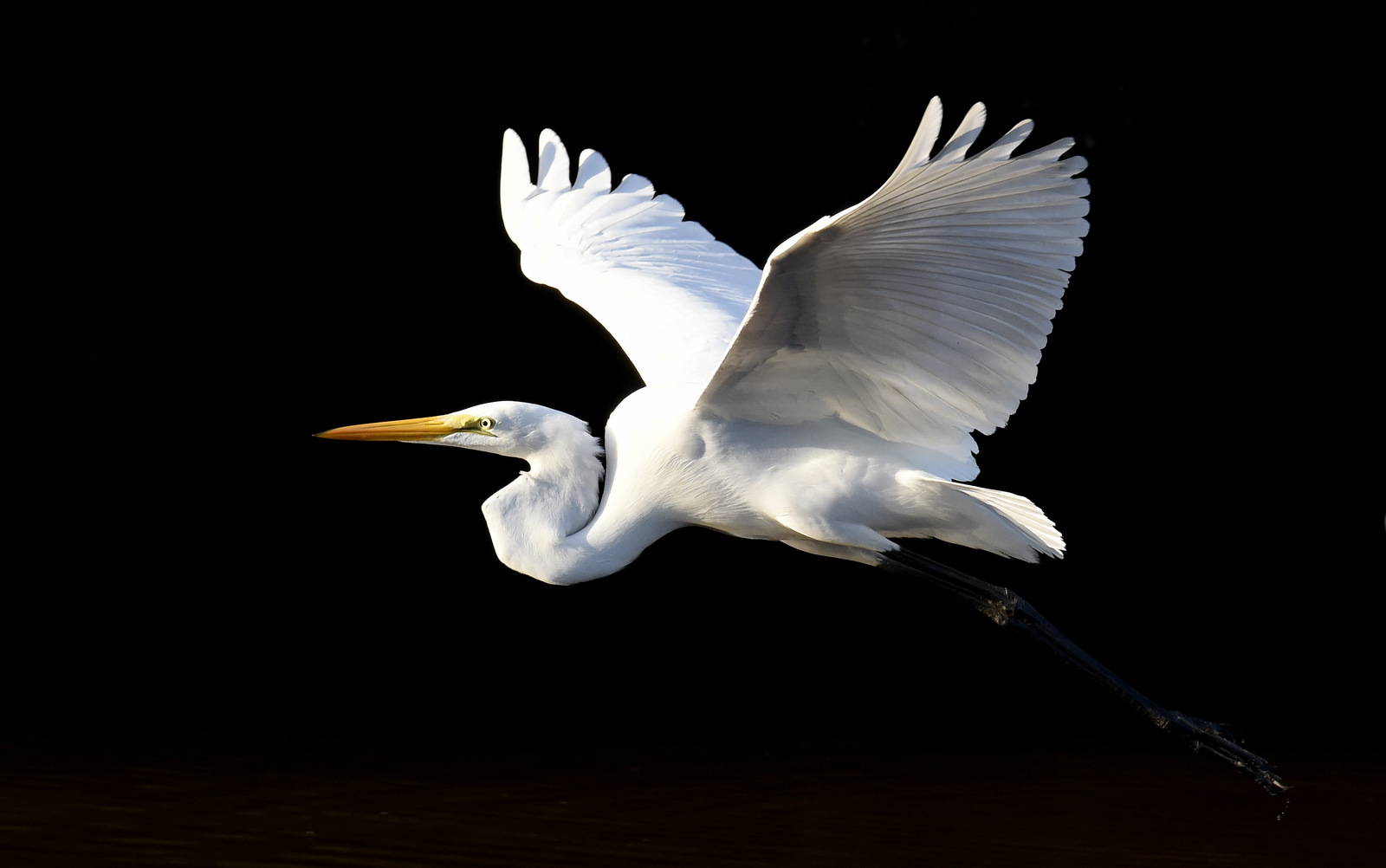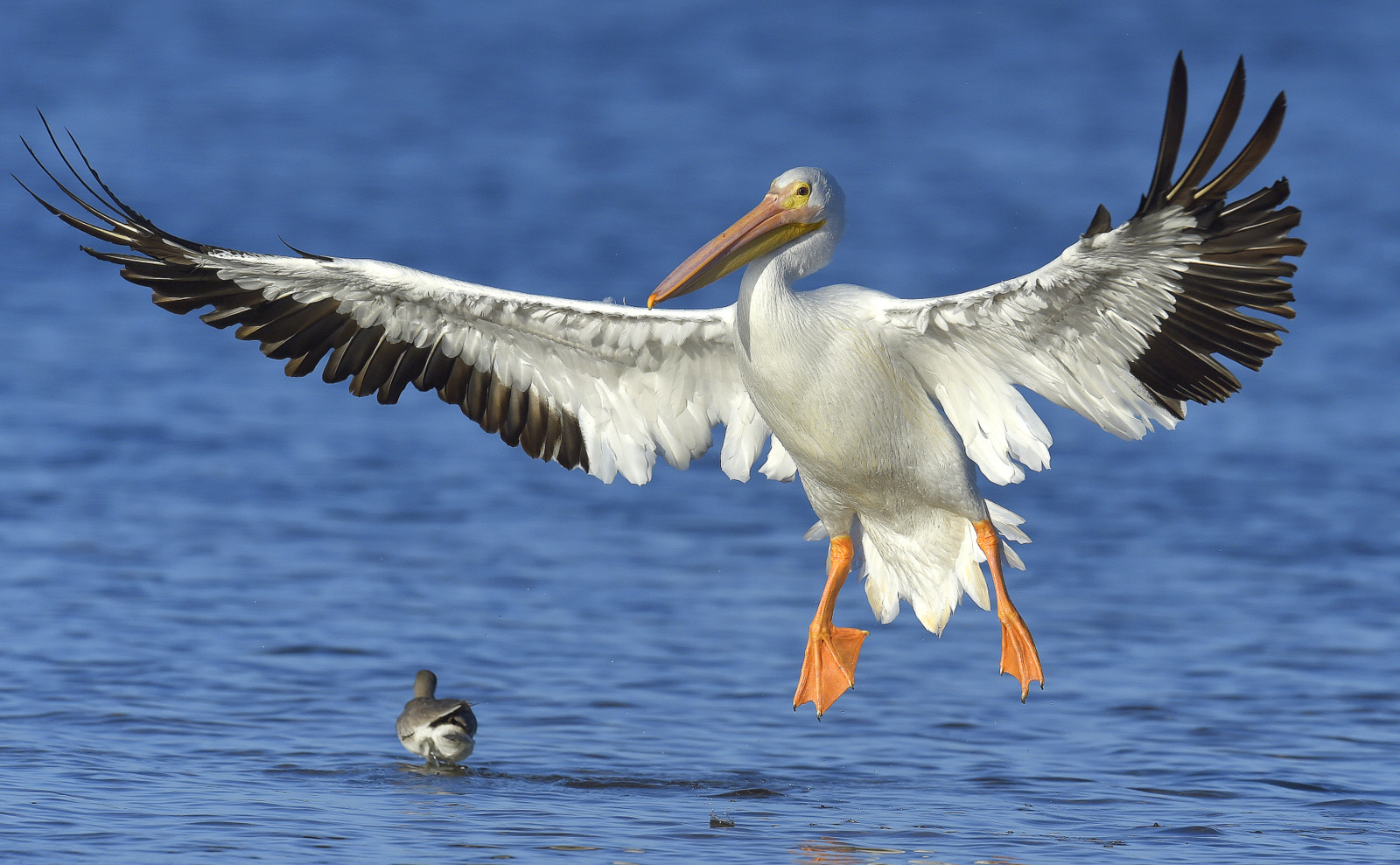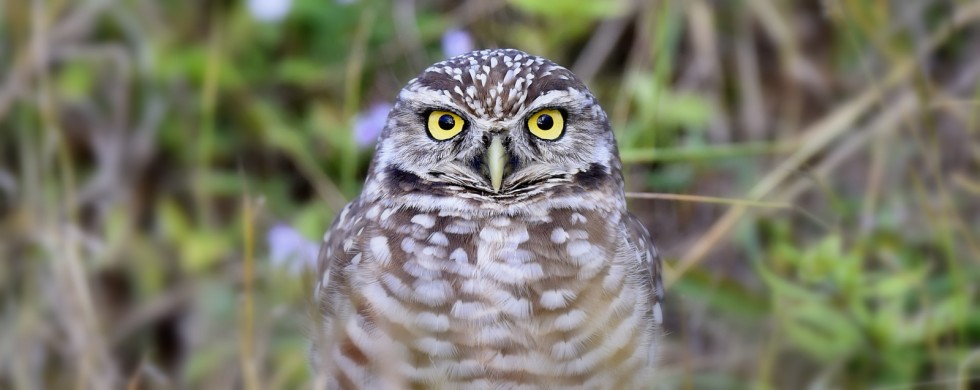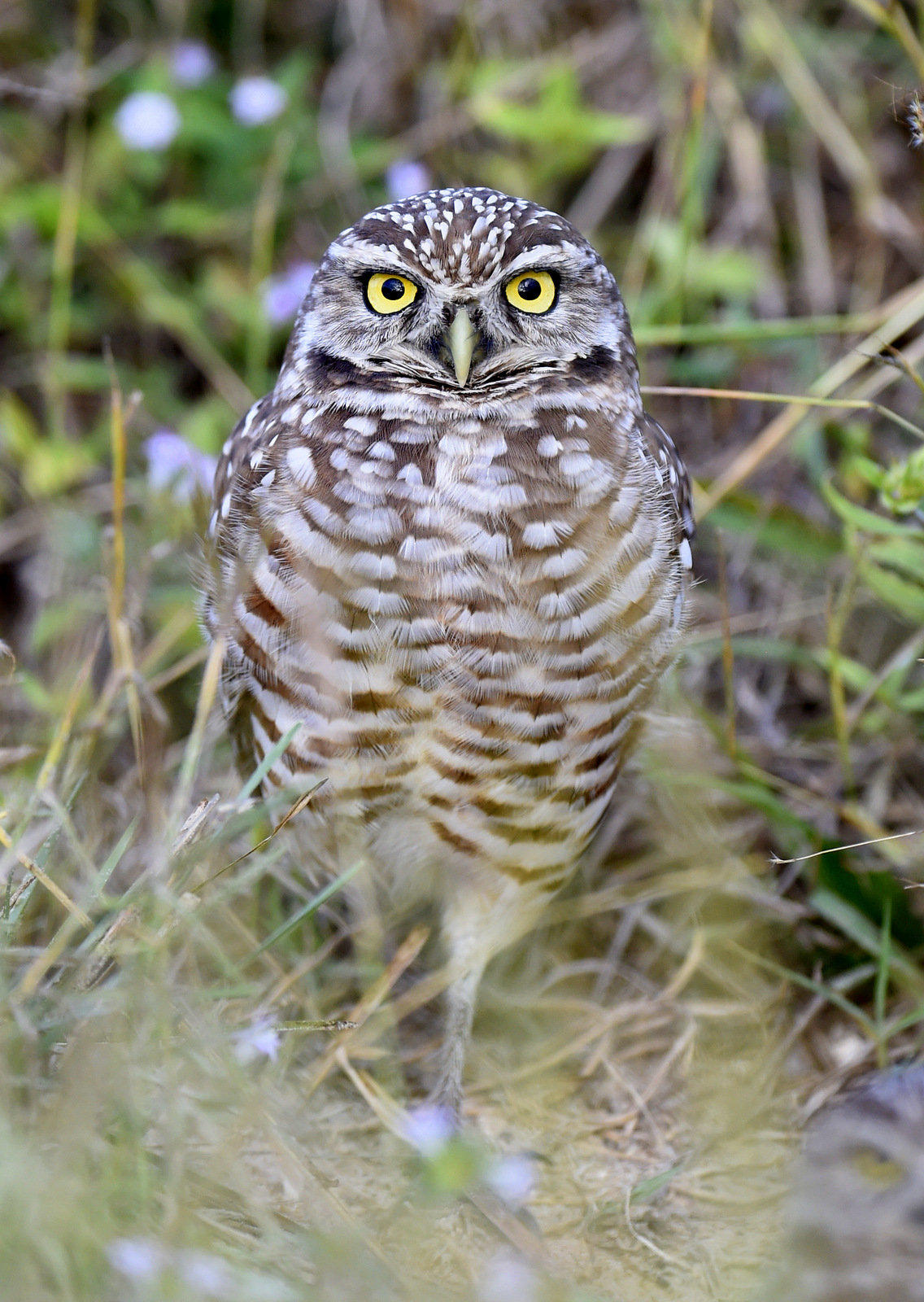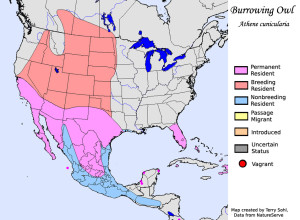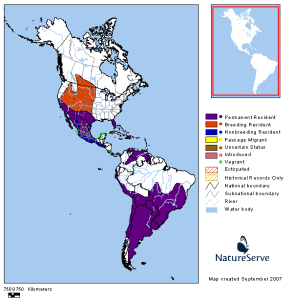29
Shot of the Month – February 2016
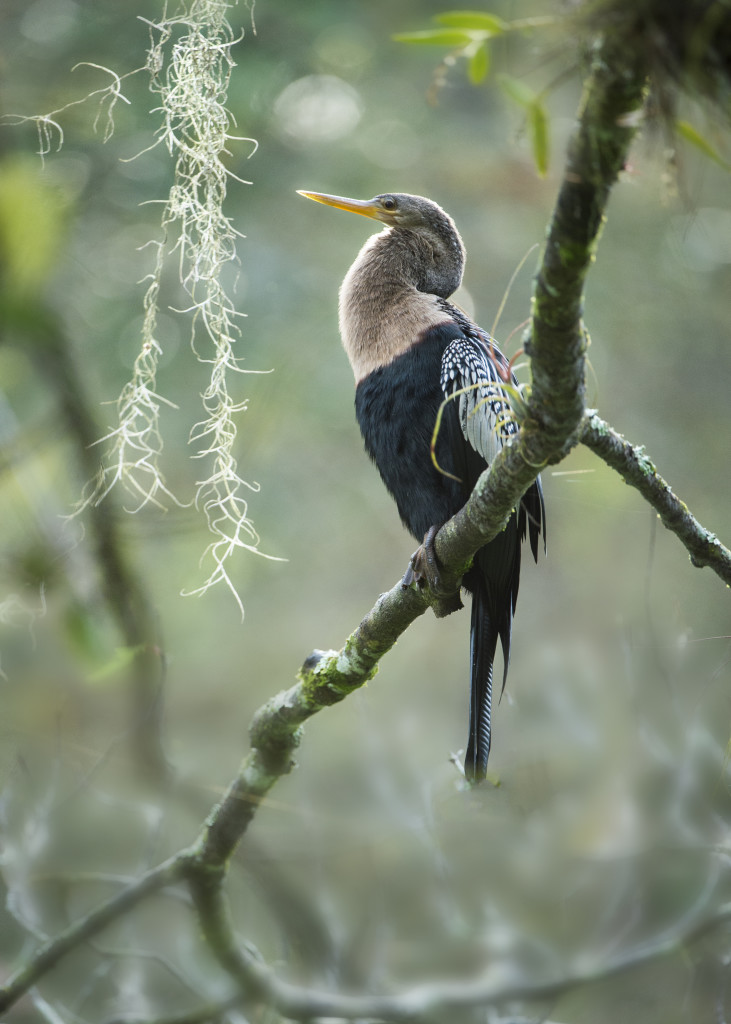 This month a serene swamp scene with the “Devil Bird.” No insult intended toward our fine feathered friend but that is what Anhinga means in the Brazilian Tupi Language — but I am sure that you knew that. The Anhinga is also known as the “Snake Bird” or the “Water Turkey.” What gives with all the nicknames? Well, each refers to different characteristics of this bird which is a type of darter. Darter? Sigh….so many things to learn in life. Darters are made up of 4 species of birds found in the Anhingidae family. The American darter, or Anhinga is found in the Western Hemisphere. The Oriental darter is found in Asia. You can guess where the African darter and Australian darter can be found, respectively. Zero points for creativity on the naming front.
This month a serene swamp scene with the “Devil Bird.” No insult intended toward our fine feathered friend but that is what Anhinga means in the Brazilian Tupi Language — but I am sure that you knew that. The Anhinga is also known as the “Snake Bird” or the “Water Turkey.” What gives with all the nicknames? Well, each refers to different characteristics of this bird which is a type of darter. Darter? Sigh….so many things to learn in life. Darters are made up of 4 species of birds found in the Anhingidae family. The American darter, or Anhinga is found in the Western Hemisphere. The Oriental darter is found in Asia. You can guess where the African darter and Australian darter can be found, respectively. Zero points for creativity on the naming front.
I photographed this Anhinga in Corkscrew Swamp in Florida. These birds prefer hot climates and their range includes the southern United States and extends south into Mexico, through Central America down to Argentina. (See a Range Map here)
So what gives with the Snake Bird reference? Anhingas are waterbirds that hunt for fish while swimming underwater or at the surface. They can dive quite deep as they have rather dense bones and their wings are not very waterproof so the soaked feathers help weigh the birds down reducing their buoyancy even more.
Like all darters, Anhingas use that sharp beak to spear fish. The devil bird is not a fast swimmer so its hunting style is more stalker than chaser. He mostly swims slowly underwater waiting for a fish to come near, then he impales the fish with a lightning-fast thrust of the beak. The neck is specially adapted for this kind of rapid thrust — the 8th and 9th cervical vertebrae create a hinge-like apparatus that allows for quick action. The bird usually stabs a fish through their sides with both mandibles open though he may just use the upper mandible for small fish. (Source)
That’s all very interesting, but I still haven’t explained the snake reference. OK, here is it. The Anhinga swims lower in the water than many birds due to its reduced buoyancy, a result of its dense bones and wetted plumage. When at the water’s surface, typically only the long neck and head are visible and the bird looks like a snake gliding across the water. Mystery solved.
Ok, and what about “Water Turkey?” Turns out that Anhingas lose heat quickly while in the water due to their lack of an insulating layer of body feathers. To deal with this they spend much of the day, like cormorants, perched on a snag with their wings spread and feathers fanned out to dry and raise their body temperature. Their wide, fanned-out tail reminds folks of another large, dark bird with a large tail — yep, da turkey.
Male Anhingas are glossy black and have silver patches on their wings. The female Anhinga looks similar though her head, neck, and upper chest tend to be pale gray or light brown. From this, we can see that we have a female snake bird in my swamp image. In the below image, we see a male Anhinga catching some rays.
There you have it, the American Darter, the shapeshifter of the swamp, aka, Anhinga, part turkey, part snake, and definitely the devil if you are a fish.
Until next month….m
Here is a good video on the Anhinga in action.
Nikon D4S, Nikon 200-400mm (@ 380mm), f/4, 1/400 s, -0.5 EV, ISO 1100,

